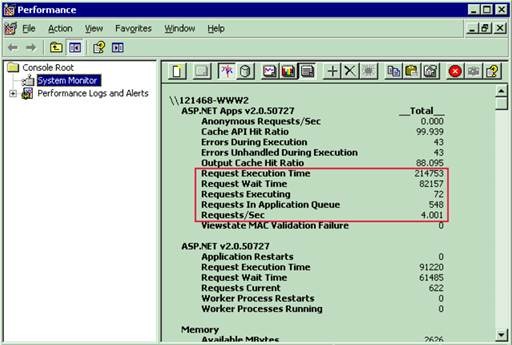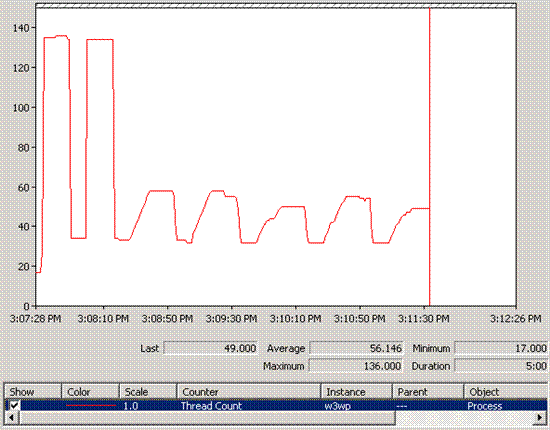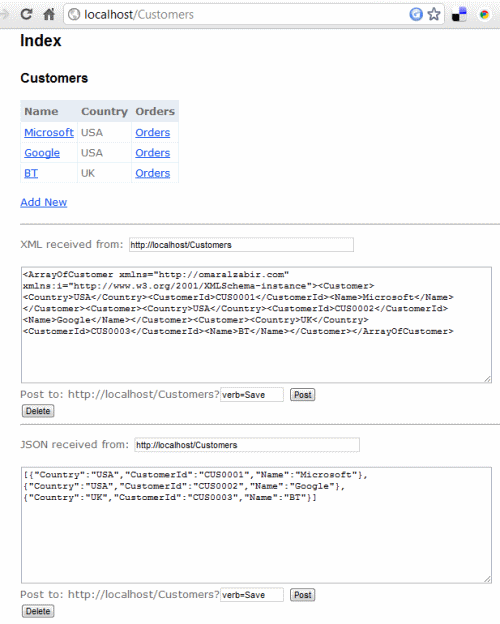When you are reading data from a binary stream, like NetworkStream or FileStream and you need to read both binary chunks as well as read one text line at a time, you are on your own as BinaryReader nor Stream supports ReadLine. You can use StreamReader to do ReadLine, but it does not allow you to read chunks of bytes. The Read(byte[], int, int) is not there on StreamReader.
Here’s an extension of BinaryReader for doing ReadLine over a binary stream. You can read both byte chunks, as well as read text lines at the same time.
public class LineReader : BinaryReader
{
private Encoding _encoding;
private Decoder _decoder;
const int bufferSize = 1024;
private char[] _LineBuffer = new char[bufferSize];
public LineReader(Stream stream, int bufferSize, Encoding encoding)
: base(stream, encoding)
{
this._encoding = encoding;
this._decoder = encoding.GetDecoder();
}
public string ReadLine()
{
int pos = 0;
char[] buf = new char[2];
StringBuilder stringBuffer = null;
bool lineEndFound = false;
while(base.Read(buf, 0, 2) > 0)
{
if (buf[1] == 'r')
{
// grab buf[0]
this._LineBuffer[pos++] = buf[0];
// get the 'n'
char ch = base.ReadChar();
Debug.Assert(ch == 'n');
lineEndFound = true;
}
else if (buf[0] == 'r')
{
lineEndFound = true;
}
else
{
this._LineBuffer[pos] = buf[0];
this._LineBuffer[pos+1] = buf[1];
pos += 2;
if (pos >= bufferSize)
{
stringBuffer = new StringBuilder(bufferSize + 80);
stringBuffer.Append(this._LineBuffer, 0, bufferSize);
pos = 0;
}
}
if (lineEndFound)
{
if (stringBuffer == null)
{
if (pos > 0)
return new string(this._LineBuffer, 0, pos);
else
return string.Empty;
}
else
{
if (pos > 0)
stringBuffer.Append(this._LineBuffer, 0, pos);
return stringBuffer.ToString();
}
}
}
if (stringBuffer != null)
{
if (pos > 0)
stringBuffer.Append(this._LineBuffer, 0, pos);
return stringBuffer.ToString();
}
else
{
if (pos > 0)
return new string(this._LineBuffer, 0, pos);
else
return null;
}
}
}
Enjoy.















